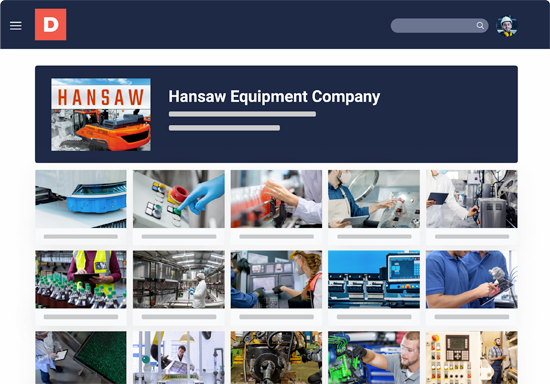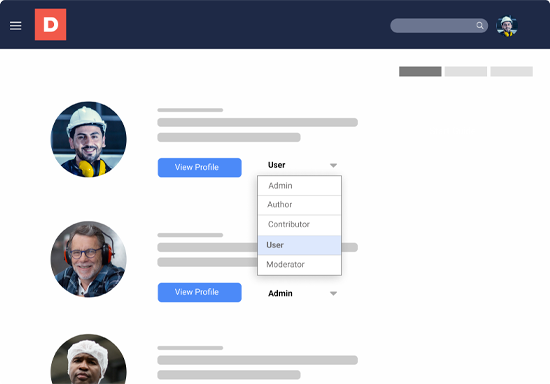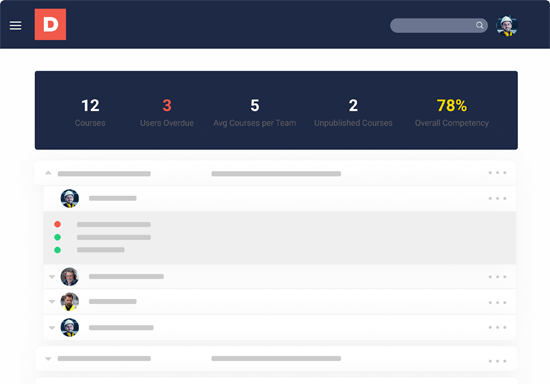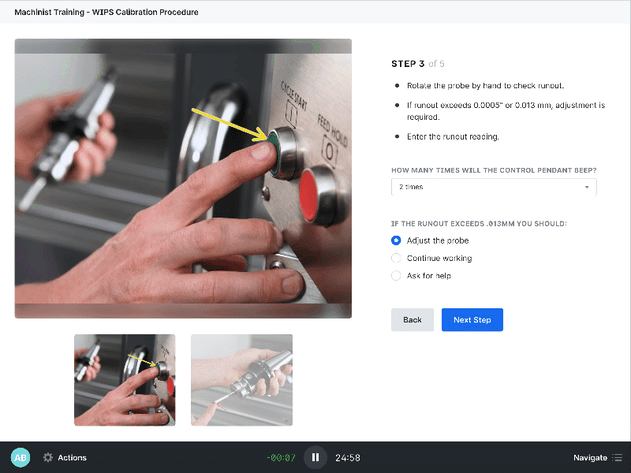
Frontline Digital Transformation
9 min read
4 Ways Digital Tools Improve Quality

Twenty years ago, digital tools were “a thing.”
Now they flow through all things.
To some degree, every manufacturer is now a digital company. And with the right modern platform, any manufacturing organization can break down silos of ownership to focus on the intersection of people, processes, and technology. Here at Dozuki, our job is to help companies hold themselves to higher standards. Below, we will show you how to choose the right tools to suit your unique needs. You’ll learn how to navigate the balancing act between new technology and cultivating the people centric processes that make businesses successful.
1. Standardization 4.0
In traditional manufacturing environments, standards are manually recorded and updated using either paper binders or clunky spreadsheets and powerpoint presentations. With digital tools, standards can be effortlessly shared and engaged with on a continual basis.
In addition to free-flowing information, this new wave of standardization in Industry 4.0 allows for more precise control over revisions and information access.
And yet, training is only as good as the standards that your workforce is trained to. If your operational standards only live in people's heads, and they're not documented or agreed upon, they don’t help anyone.
As one of our customers likes to say:
“If the safety training wasn't recorded, it didn't happen.”
Without standards, it's common to have a mixed understanding of the current process. Teams won’t have an agreement on the best way to produce an intended result, and quality remains elusive.
Has your facility begun capturing video on the floor for better work instructions? Or are you still leaning on overwhelming two dimensional schematics?

You can turn complex concepts into simple digital instructions that are engaging, approachable. Watch how easy it is to integrate video for veteran and novice operators alike.
2. Infusing Data into Human Processes
Relying on subjective anecdotes or infrequent audits to monitor and improve processes is retroactive and lacks real-time insight.
On the other hand, automated data collection and analytics tools lack the knowledge and insight that your experienced employees can provide. It’s imperative to strike a balance between work instructions and creativity, so you can get through a job when there are exceptions.
By infusing digital data collection into the human component of processes, your operators can record key safety and quality information while completing their work.
Plus, plant managers can view that information in real-time to resolve issues quickly, unlock efficiency gains and make more data driven decisions.
Remember, the power of data should not overshadow the indispensable human ingenuity that makes businesses thrive.
This change in the way information is recorded and communicated will help operators stay more engaged during their work and provide valuable, real-time insight into the status of processes.
Can all levels of workers easily and intuitively update work instructions relevant to their role? Or are their insights thrown out with the scrap metal?

Dozuki can help you eliminate motion waste and speed up production with an intuitive and robust search tool.
3. Reducing Errors with Better Training
Better worker training is the biggest opportunity for decreasing manufacturing quality costs. And rather than relying on paper based work instruction and job shadowing, companies can now use digital tools to incorporate visual cues, images, video clips, interactive content, and more.
This multidimensional approach provides a more effective way to train and educate employees, while also freeing up resources and improving retention of the material.
When combined with standards created using digital tools, companies can also ensure that employees are being trained with the approved methods.
What’s more, McKinsey’s Global Survey reported that 72% of tasks in the factory are still performed by people, and 68% of defects are caused by human error. Those numbers point to an incredible opportunity to lean into digital training as a key driver of quality and continuous improvement.
As long as you realize, training is not a one and done exercise. It’s not about isolated educational events. It's a continuous process that requires maintenance and care.
How often does your plant publish new procedures? Do you have an automated triggered retraining function, or are you hoping frontline workers volunteer?

We recommend transforming one on one expert training into your standardized curriculum. Learn how our client, Automation Plastics, reduced their new employee training time by 90%.
4. Capturing Improvement Insights
The best insights and most innovative improvements happen on the floor, when employees are thinking critically about the processes in progress.
Requesting feedback and improvement suggestions is ineffective when done out of context. Digital tools give everyone the ability to provide feedback anywhere their work takes them.
Not only is this more efficient, but it allows key insights to be captured in the proper context, instead of a conference room. This knowledge management process becomes a pathway to empowerment and ownership.
Considering that 97% of digital transformations fail when they don’t engage line managers and frontline employees (McKinsey, 2021), there has never been a more critical time to capture improvement insights. Now that frontline employees can see their fingerprints on the processes their operation uses day in and day out, they’re less likely to turnover.
Ultimately, the standardization created by digital tools shifts the focus from reducing human errors to improving the underlying process. This cultivates a positive culture of continuous improvement, that doesn’t dwell on worker errors or placing blame.
Have you transformed your documented procedures into dynamic standards everyone can follow? What if you could capture it directly in your work instructions?

Learn about Dozuki’s proven procedure templates to ensure documents maintain consistency regardless of who created them.
As with any organizational transformation, generic tools have generic results. In order to leverage the advantages of digital tools to continuously improve quality, decision makers need to clearly define their needs and thoroughly search for the appropriate solution.
If you execute on these principles, your company will be able to approach the future of quality with confidence.
Topic(s):
Frontline Digital Transformation
Related Posts
View All Posts
Training
What to Look for in QMS Software
5 min read
Traditional quality management system (QMS) software does exactly what it’s supposed to do. Like file cabinets for the digital world, they organize and control your company...
Continue Reading
Standard Work
Free Standard Operating Procedure & Work Instruction Templates
4 min read
Standard operating procedure (SOP) and work instruction templates help standardize processes and present information consistently. We’ve seen thousands of examples of these...
Continue Reading
Training
Using Standards to Empower the Frontline Workforce
57 min read
Chad Nelson is a Lean Six-Sigma Operations Manager at 3M and has a wealth of knowledge about standardized work and engaging frontline workers with improvement efforts. Join...
Continue Reading



